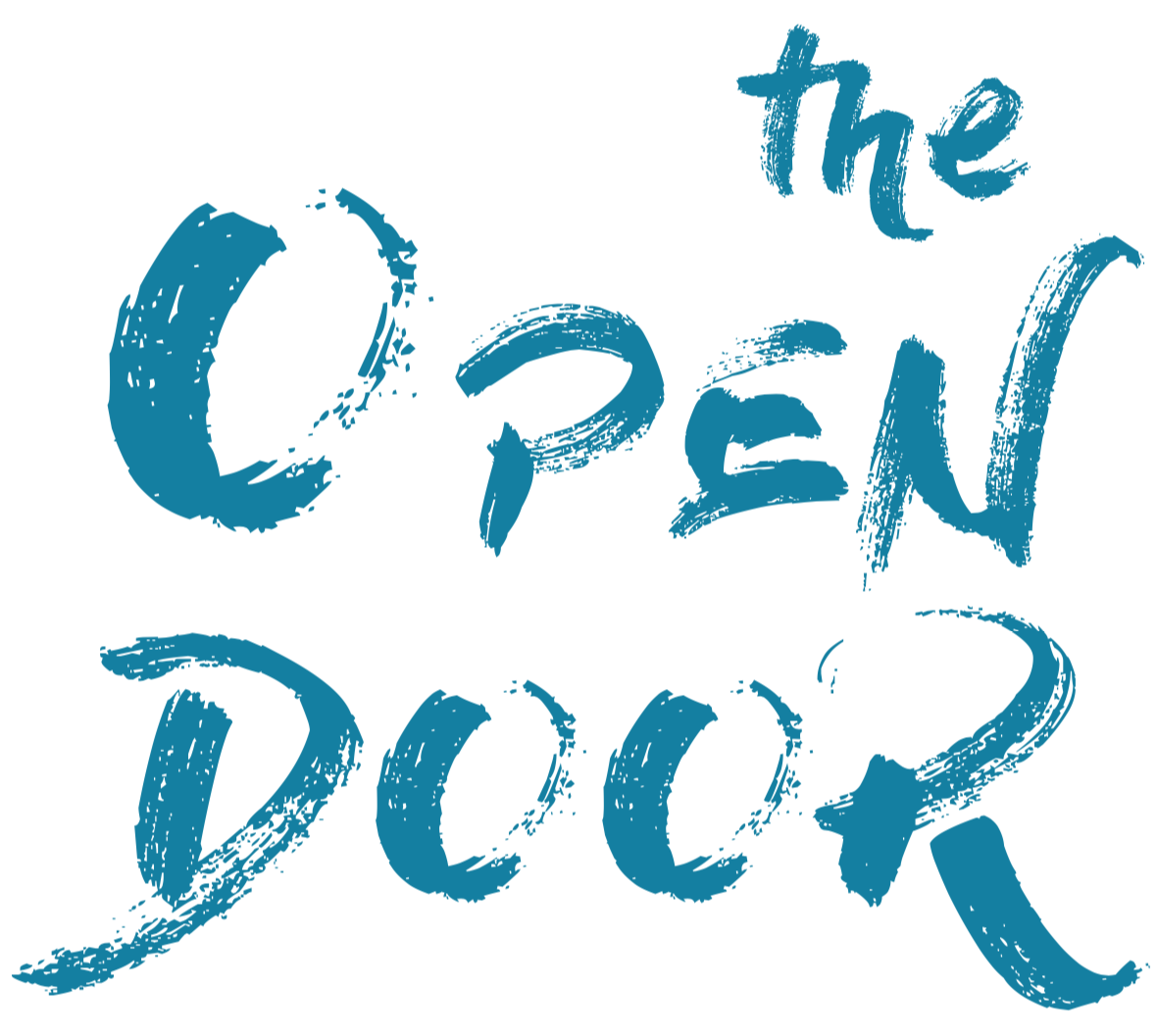‘Yangsheng’ - Nourishing Life - from an Acupuncturist's perspective
As a Traditional Chinese Medicine and Five Element Acupuncturist, I receive acupuncture myself on a regular basis in order to maintain my health and wellbeing and I am conscious of the surprise of some of my friends when I explain this, as it appears to be a common belief that acupuncture is only used to treat physical conditions or disease.
During my first year of studying Chinese Medicine over 10 years ago, I was fascinated to learn that, historically, each village in China would be under the care of a Chinese physician whose job it was to keep the village well so that villagers could continue to work and, in return, the physician would be fed and clothed by the village. It, therefore, benefitted the physician to practise preventative medicine!
Although acupuncture was thought to have been practised at least 2000 years before it was written, the Huang Di Nei Jing or ‘The Yellow Emperor’s Classic of Internal Medicine’ is one of the earliest Chinese medical texts, written and compiled between the 3rd and 1st centuries BC and from which modernacupuncture traces its roots. The Nei Jing is in two parts; the Suwen (Simple Questions) written in the style of a conversation between the Yellow Emperor (Huang Di) and his court physician (Qibo) and the Lingshu (Spiritual Axis), which discusses internal medicine and acupuncture treatment.
The Suwen, although largely concerned with the theories of the nature of heaven, earth and man, also discusses ways of preventing disease and maintaining health, as shown in the following translation by Unschuld and Tessenow (2011): “Hence, the sages did not treat those already ill, but treated those not yet ill, they did not put in order what was already in disorder, but put in order what was not yet in disorder. {Now} when drugs are employed for therapy only after a disease has become fully developed, when {attempts at} restoring order are initiated only after disorder has fully developed, this is as if a well were dug when one is thirsty, and as if weapons were cast when the fight is on. Would this not be too late {too}?"
Sun Simiao, a Chinese Physician (581-682 AD), asserts that ‘specialists in nourishing life’ should pay particular attention to the illnesses of women and children given that the capacity of a community to thrive depends on (maintaining) the health of both.
In the 1970s and 80s, ancient texts were discovered in the Mawangdui Tombs in China (described as the ‘Nourishing Life’ texts) that advocated healthy lifestyle practices in order to preserve and prolong life. There are also references to ‘yangsheng’ (translated as ‘nourishing life’) in the Nei Jing.
It can therefore be seen that Traditional Chinese Medicine has always valued the importance of preventing disease and maintaining health; viewing mind and body as an integrated whole. Today, whilst there are many varied and different schools and styles of acupuncture, I suggest that what contemporary practitioners have in common is a shared desire to maintain health and prevent illness. This concept of treatment for health preservation is, I suggest, an important distinction between Western Medicine and Chinese Traditional Medicine and it is this holistic nature of Chinese acupuncture (treating the whole and not merely the part) that resonates so strongly with me. In fact, my logo reflects the Chinese characters for nourishing life. I rather like the concept of being a ‘specialist in nourishing life’!
If you’re interested in Acupuncture and how it may benefit you contact: Jackie Manning Brown through her website:
https://www.jmbacupuncture.co.uk
References:
Huang Di (n.d.) Huang Di Nei Jing Su Wen. An Annotated Translation of Huang Di’s Inner Classic - Basic Questions. Translated from the Chinese by Paul Unschuld and Hermann Tessenow. Los Angeles, (2011), University of California Press.
